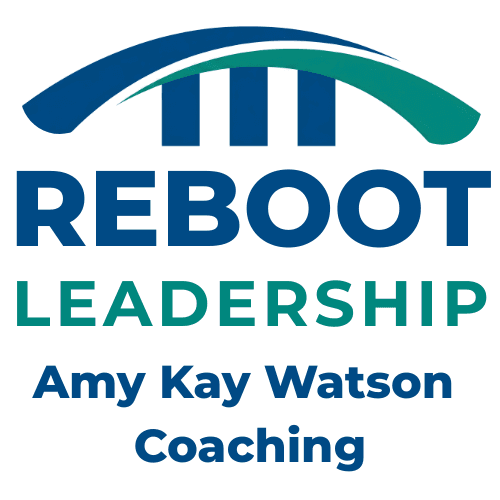Listen as a podcast
Receiving feedback that you need to “speak up” more in meetings can be both challenging and empowering. It highlights an opportunity to enhance your presence, contribute more effectively, and influence outcomes within your team. One practical framework to guide your engagement is David Kantor’s Four Player Model of team roles. By understanding and adopting these roles, you can find various ways to participate meaningfully in discussions. Additionally, asking thoughtful questions can further enrich conversations and demonstrate your engagement.
Understanding Kantor’s Four Player Model
David Kantor’s Four Player Model outlines four distinct roles that individuals can adopt during group interactions:
- Mover: Initiates ideas, proposes actions, and sets direction.
- Follower: Supports and builds upon others’ ideas, helping to move them forward.
- Opposer: Challenges ideas constructively, bringing in alternative perspectives.
- Bystander: Observes and reflects on the conversation, providing insights and summaries.
By consciously adopting these roles, you can diversify your participation style and find comfortable ways to contribute.
Roles to Adopt in Meetings
1. Be a Mover
How to do it:
- Propose Ideas: Share your thoughts on agenda topics or suggest new initiatives.
- Set Direction: Offer suggestions on how to approach a problem or project.
- Take Initiative: Volunteer for tasks or lead small group discussions.
Benefits:
- Demonstrates leadership and proactive thinking.
- Helps shape the meeting’s direction and outcomes.
2. Act as a Follower
How to do it:
- Support Colleagues: Express agreement with ideas you find valuable.
- Build Upon Ideas: Add your own insights to enhance a proposal.
- Provide Resources: Offer information or assistance that supports a team member’s suggestion.
Benefits:
- Encourages collaboration and team cohesion.
- Shows that you are attentive and value others’ contributions.
3. Take on the Opposer Role
How to do it:
- Ask Critical Questions: Inquire about potential challenges or risks.
- Offer Alternative Solutions: Present different approaches to a problem.
- Provide Constructive Feedback: Share concerns respectfully and suggest improvements.
Benefits:
- Promotes critical thinking and thorough analysis.
- Can prevent oversight of important issues.
4. Be a Bystander
How to do it:
- Observe Dynamics: Notice group interactions and unaddressed points.
- Summarize Discussions: Recap key points to ensure shared understanding.
- Reflect on Processes: Comment on how the discussion is proceeding.
Benefits:
- Helps the team stay focused and aligned.
- Demonstrates strategic thinking and attentiveness.
The Power of Asking Questions
Adding to Kantor’s model, asking questions is a versatile way to engage without the pressure of presenting bold ideas or critiques. It stimulates dialogue and shows your interest.
Ways to Think of Questions to Ask
- Clarification Questions:
- “Could you elaborate on how this solution addresses the client’s needs?”
- “What are the expected outcomes of this approach?”
- Probing Deeper:
- “What challenges might we anticipate with this plan?”
- “How does this align with our long-term goals?”
- Connecting Ideas:
- “How does this initiative integrate with the project we discussed last week?”
- “Can we apply insights from the marketing team to enhance this strategy?”
- Encouraging Elaboration:
- “That’s an interesting point; can you tell us more?”
- “How did you arrive at that conclusion?”
Benefits of Asking Questions:
- Encourages comprehensive discussion.
- Helps clarify uncertainties for everyone.
- Positions you as thoughtful and engaged.
Final Thoughts
Speaking up in meetings is a skill that becomes easier with practice and the right strategies. By adopting various roles from Kantor’s Four Player Model and incorporating the art of asking questions, you can contribute effectively in ways that suit your personality and comfort level. Remember, your unique perspective is valuable, and your active participation can significantly enhance team outcomes.

